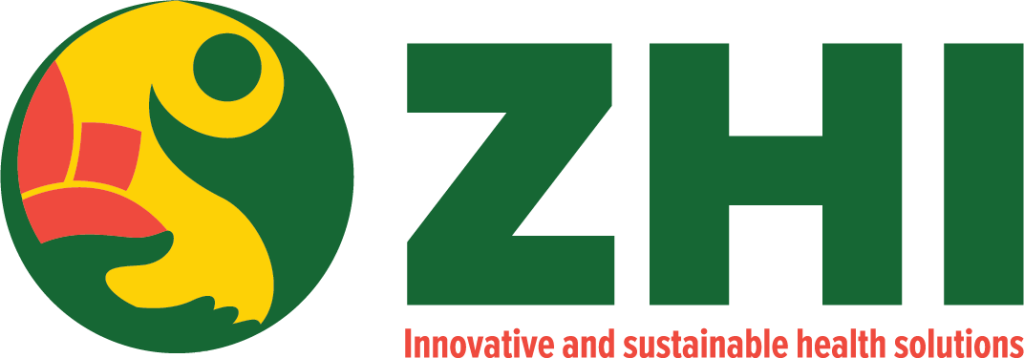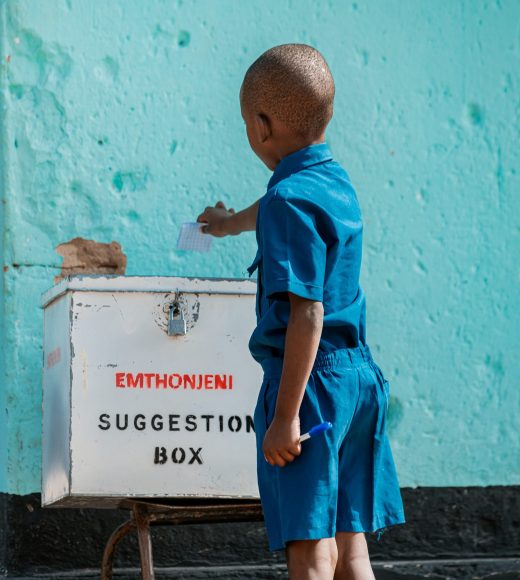
- Home
- About Us
About Us Overview
Leadership
- Our Expertise
- Our Programs
Our Projects
- Our Impact
- Get Involved
Get Involved
- Contact Us
Menu


Gender-based violence (GBV) against adolescent girls and young women (AGYW) is a public health threat and has far-reaching negative impact on physical, mental, sexual, and reproductive health on AGYW’s health, wellbeing and violates their human rights. GBV takes different forms including physical, sexual, and emotional abuse. According to World Health Organization, 1 in every 3 women have experienced physical or sexual violence, or both, by an intimate partner or non-intimate male partner. Southern African region is among WHO regions with the highest lifetime prevalence of violence, with 36% of women aged 15–49 years ever experiencing physical and/or sexual violence from a partner or non-partner. GBV is the one of the causal pathways for new HIV infection.
The Zimbabwe Health Interventions PEPFAR funded DREAMS-RISE program is implementing using a combination prevention approach; biomedical, behavioural, and structural interventions to address the drivers of violence among AGYW in schools and communities to ultimately disrupt the HIV causal pathway and this includes:
Copyright © 2025 ZHI. All rights reserved.